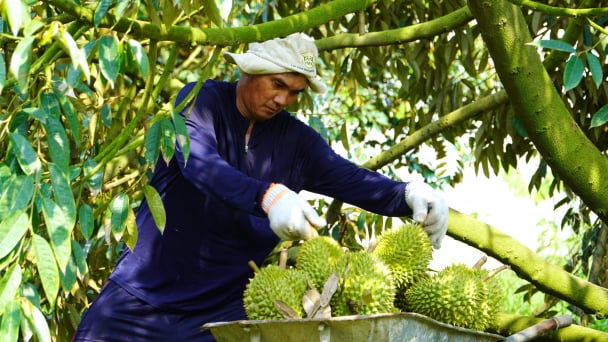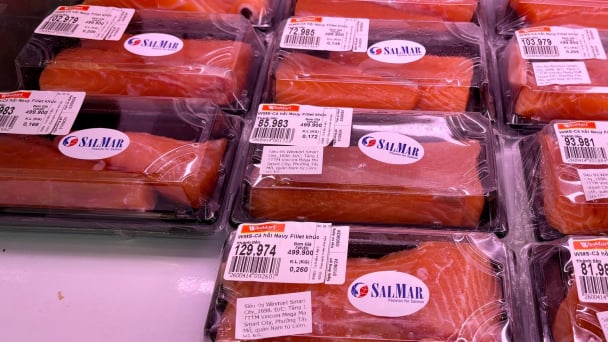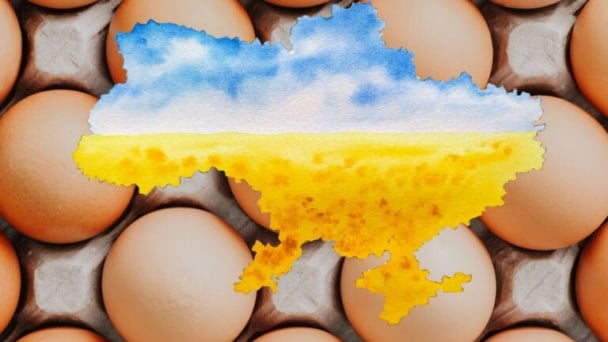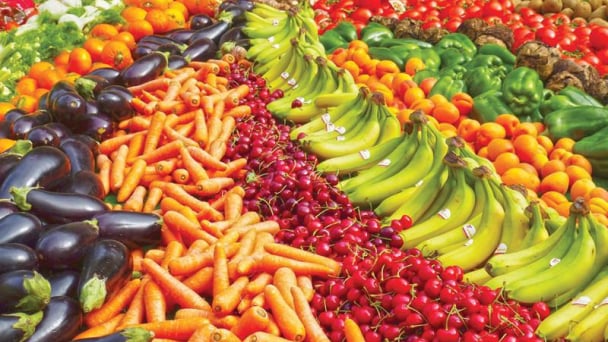May 22, 2025 | 01:02 GMT +7
May 22, 2025 | 01:02 GMT +7
Hotline: 0913.378.918
May 22, 2025 | 01:02 GMT +7
Hotline: 0913.378.918
While US export sales of new-crop soybeans are historically low as the 2024-25 market year begins, several tailwinds could rejuvenate demand in the months ahead, according to a new research brief from CoBank’s Knowledge Exchange.
As of mid-August, new-crop US export sales to all destinations were the lowest since 2008 for the same period — aside from the low achieved in 2019 during the trade war with China. A strong US dollar, ample South American harvests, a slowing global economy, and trade policy uncertainty in an election year in the United States, have hobbled the export pace heading into an anticipated record soybean harvest, CoBank said. September to December is the peak shipping period for US soybeans.
China, which typically accounts for 60% of global soybean imports and more than half of all US soybean exports, has the second lowest volume of purchases for new-crop US soybeans in 20 years. China’s purchases of Brazilian soybeans surged to a record pace in 2024 as Chinese buyers took advantage of low Brazilian prices and a weakening Brazilian currency.
“The US soybean export program faces a number of obstacles in the weeks and months ahead, particularly with flagging demand from China,” said Tanner Ehmke, lead grain and oilseed economist for CoBank. “But a slow start to the export sales pace does not necessarily mean it will be a bad year for US soybean exports. We see the potential for several developments that could bolster exports later in the year.”
Ehmke pointed to four key factors that could reverse the lackluster pace of soybean exports. He also noted that over the past 20 years, the export sales total for new crop soybeans at the end of August has been a poor indicator for total soy shipments at the end of the market year.
A smaller-than-expected South American soybean harvest, a bump in European demand for soybeans from non-deforested acreage, falling interest rates in the United States, and a recovery of the Chinese economy could all fuel increased export demand for US soybeans in the year ahead, Ehmke said.
While the Brazilian harvest is currently forecast at a record 169 million tonnes, low prices may discourage farmers from expanding acreage as planting begins. La Niña also is expected to emerge this September, which could negatively impact Brazilian soybean yields.
New demand is expected from Europe with the Deforestation-free Supply Chain Regulation that targets products identified as drivers of deforestation, including soybeans. Imports must be certified to not have come from land deforested in the past decade, giving an advantage to US soybeans over South American soybeans. The EU typically imports 13 million tonnes to 15 million tonnes of soybeans annually.
In addition, an economic recovery in China could lead to an acceleration of soybean purchases. The Chinese government is expected to aggressively lower interest rates and an economic boost that raises consumer demand for meat in China could lift demand for soybeans and soybean meal.
Finally, interest rate cuts from the Federal Reserve may drive money back into emerging markets like Brazil, strengthening Brazil’s currency against the US dollar, Ehmke said.
(WG)

(VAN) Durian-producing localities need to coordinate more effectively with central authorities to improve the traceability, monitoring, and response systems in case of violations.

By minimizing waste, embracing modern technology, and expanding into niche markets, SalMar - the second largest producer of Atlantic salmon in the world has built a successful strategy to conquer the global market.

(VAN) One of the key factors for businesses to effectively take advantage of tariff preferences under these FTAs is the rules of origin.

(VAN) Oliyar, a prominent Ukrainian oil and fat manufacturer, has revealed plans to build a farm for 2.3 million laying hens in the Lviv region. The additional production quantities promise to change the competitive landscape of the egg market of the Eastern Europe region.

(VAN) On May 15, Ministry of Agriculture and Environment of Vietnam hosted the 'Connecting Vietnam - Germany agricultural, forestry and fishery trade' seminar in Berlin, Germany.

(VAN) In the face of counterfeit and imitation products, Khanh Hoa Salanganes Nest Company hopes for the prompt completion of the legal framework, strict enforcement against violations, and protection of the bird’s nest brand.

(VAN) Japan's efforts to lower the price of rice through the release of its stockpile may finally be making some progress, albeit at a snail's pace.